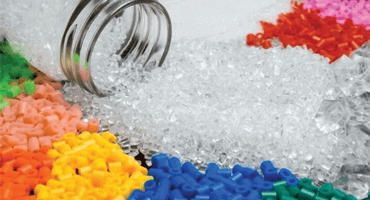Rubber chemicals are substances or compounds used in the manufacturing and processing of rubber products. These chemicals play a crucial role in enhancing the properties of rubber, such as its strength, elasticity, durability, and resistance to various environmental factors. Rubber chemicals can be categorized into several types, each serving a specific purpose in the rubber industry:
Vulcanization Accelerators: These chemicals speed up the vulcanization process, which is the cross-linking of polymer chains in rubber to improve its strength and elasticity. Common accelerators include mercaptobenzthiazole (MBT), sulfenamide, and thiuram compounds.
Vulcanizing Agents: These chemicals initiate and facilitate the vulcanization process. Sulfur is the most common vulcanizing agent used in rubber production, and it helps create cross-links between polymer chains.
Antidegradants (Antioxidants): Rubber is susceptible to degradation from heat, oxygen, and UV light. Antidegradants are added to rubber compounds to protect them from aging and deterioration. Common antidegradants include phenols, amines, and quinolines.
Antiozonants: These chemicals protect rubber from ozone (O3) exposure, which can cause cracking and degradation. Common antiozonants include paraffins and waxes.
Plasticizers: Plasticizers are added to rubber to increase its flexibility and softness. They improve the processability and reduce the glass transition temperature of rubber compounds. Common plasticizers include phthalates and oils.
Activators: Activators enhance the effectiveness of accelerators in the vulcanization process. Zinc oxide and stearic acid are examples of activators used in rubber formulations.
Processing Aids: These chemicals help improve the processing of rubber compounds during manufacturing. They can include materials like fatty acids and calcium oxide.
Fillers and Reinforcements: Materials like carbon black, silica, and other reinforcing agents are used to improve the strength and wear resistance of rubber products.
Adhesion Promoters: These chemicals are used to enhance the adhesion of rubber to other materials in products like tires and conveyor belts.
Flame Retardants: Some rubber products require flame resistance, and flame retardants are added to achieve this property.




